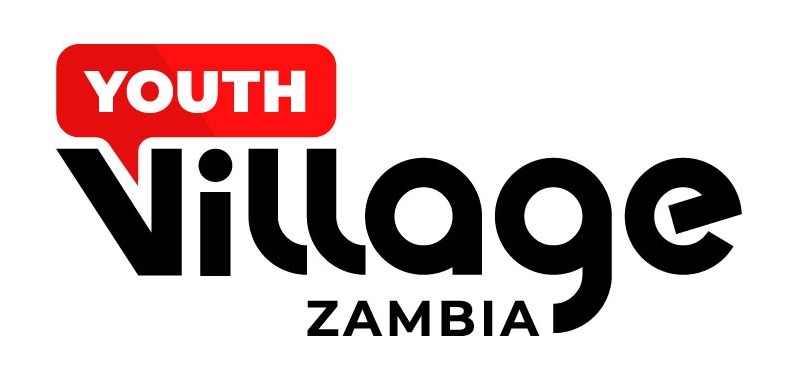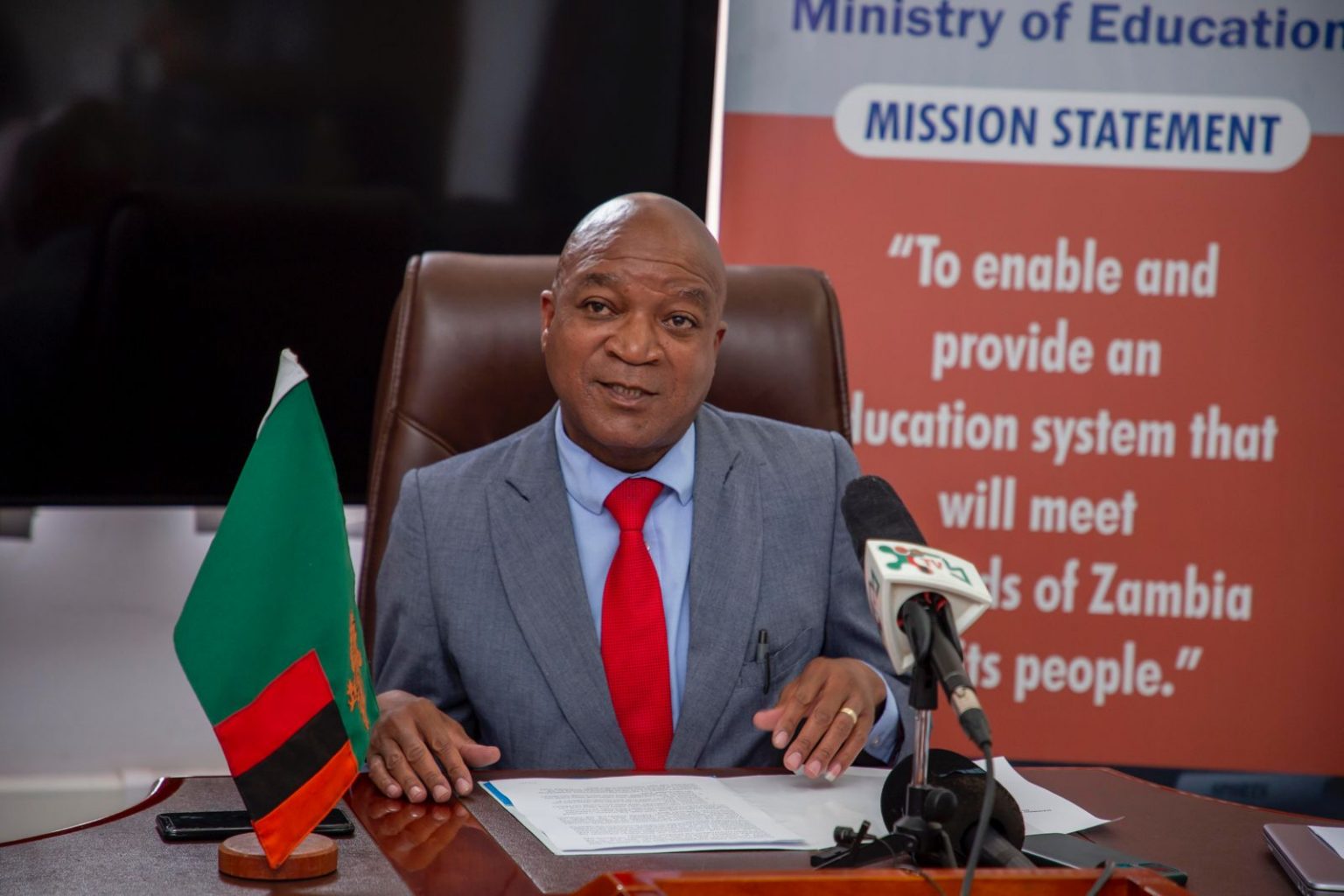The Zambian government has announced the construction of 317 secondary schools across the country, a move aimed at accommodating the over two million children who have returned to school following the reintroduction of the free education policy.
School Construction Progress
According to Education Minister Douglas Syakalima, the initiative is being financed through two major channels:
- 115 schools are being funded directly by the government.
- 202 schools are supported by the World Bank through the Zambia Education Enhancement Project (ZEEP).
Syakalima revealed that out of the 202 World Bank-funded schools, 120 are under construction in all 10 provinces and are expected to be completed by the end of this year. Additionally, 82 schools are already operational, though they require minor works such as water and electrical installations.
For the government-funded schools, 69 have been completed, and the remaining 46 are slated for completion this year. Syakalima disclosed that 18 contracts have been signed and awarded, while 11 are awaiting clearance from the Ministry of Justice.
Addressing Overcrowding
The minister emphasized that the reintroduction of free education has brought over two million children back into classrooms, reflecting a deep desire for learning among children and parents who previously could not afford education. However, this influx has caused congestion in schools, prompting the government to utilize Constituency Development Funds (CDF) for the construction of additional classrooms and the production of desks.
“In the past 10 years, many schools were left unfinished, but we are now completing them to ensure every child has access to education,” Syakalima noted.
Hiring Teachers
To address the teacher-to-pupil ratio, the government has employed over 40,000 teachers since taking office. The minister stated that hiring more teachers will remain a priority to ensure quality education is delivered.
Expansion of School Feeding Programme
Syakalima also announced plans to expand the School Feeding Programme from 77 districts to 106, targeting to feed five million learners, up from the current 2.3 million. The expansion aims to improve children’s nutritional status and academic performance, particularly in districts affected by drought.
“The feeding programme has proven to be an important contributor to children’s health and their ability to perform well academically,” he added.
Government’s Commitment
The Zambian government remains committed to improving the education sector by addressing infrastructure challenges, hiring more teachers, and enhancing support programs like school feeding. These measures are part of a broader strategy to ensure that every child has access to quality education and a conducive learning environment.
This initiative underscores the government’s dedication to building a brighter future for Zambia’s children through education.






